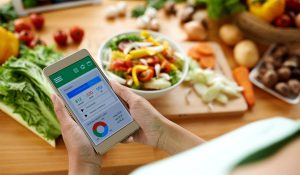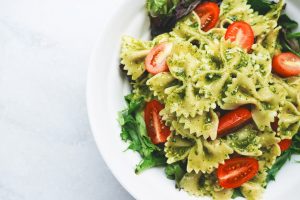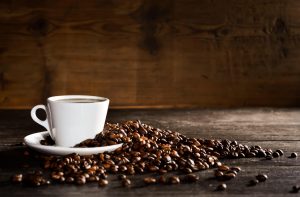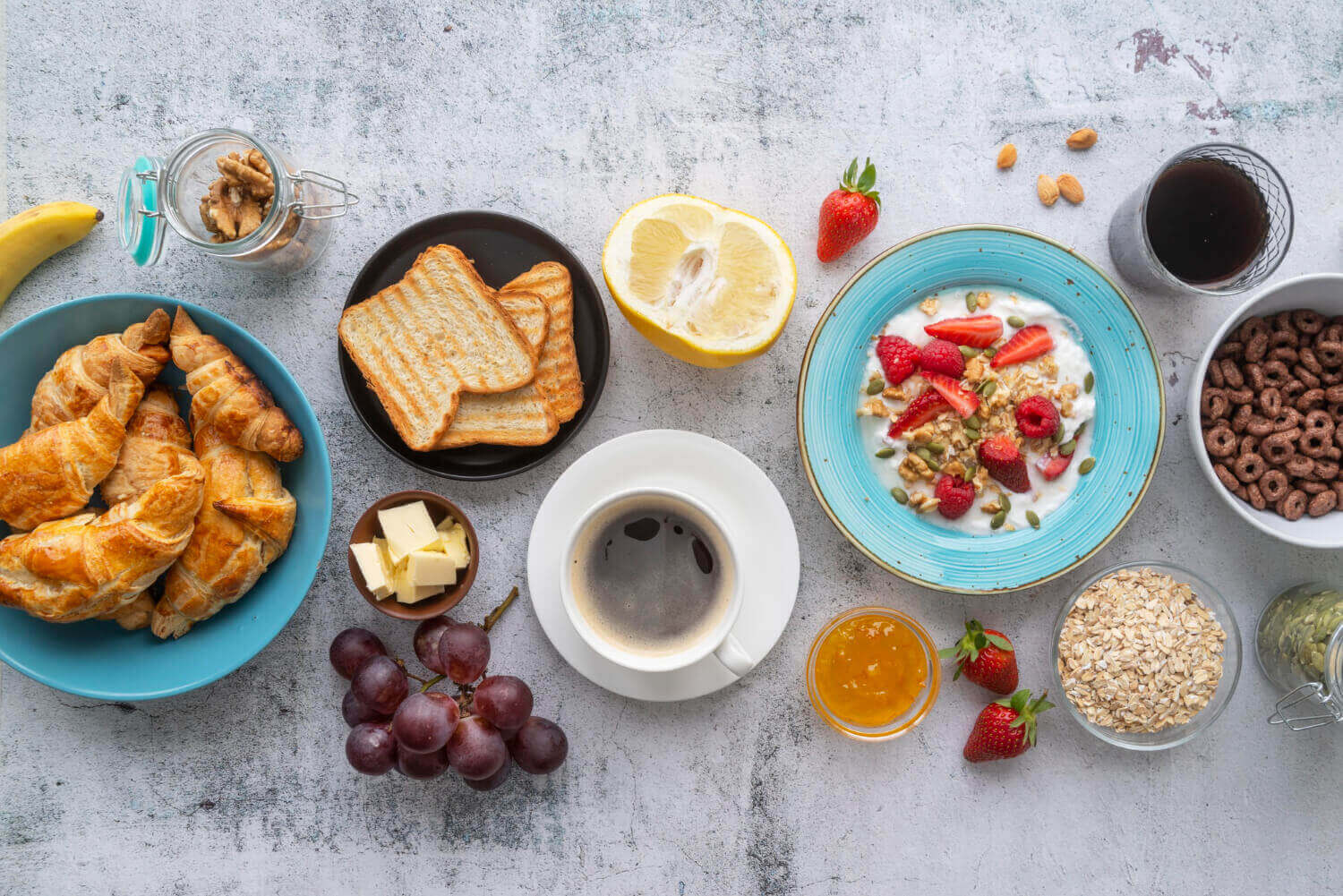
Meet your weight loss goals with breakfast
Most people are familiar with the saying, eat breakfast like a king, lunch like a prince, and dinner like a pauper. But does this diet plan really help people achieve their weight loss goals?
It’s in the Science
Research says yes–as long as it’s done healthfully. The big breakfast diet, a plan that encourages people to eat their largest meals before 9 a.m., was created by Daniela Jakubowicz, MD. In 2012, Jakubowicz followed 195 overweight men and women on a weight loss plan. She found that those who began exercise and went on the big breakfast diet lost the same amount of weight as those who also exercised but ate low-carb breakfasts instead. Those on the big breakfast diet were less likely to regain weight later in life.
In addition, the British Association for Applied Nutrition and Nutritional Therapy (BANT) discovered that people who eat their largest meals at breakfast are less likely to develop heart disease, high blood pressure, and high cholesterol.
The science: Our appetites, energy, and metabolism are all controlled by hormones that operate according to our body’s internal clock. Eating a breakfast of protein, carbs, fats, and sugars, just 15 minutes after waking up each morning, provides a healthy boost to the metabolism, helping tame cravings throughout the day. A large breakfast also provides a steady supply of energy, preventing those nasty afternoon crashes that often leave people reaching for the nearest sugary snack.
While a bigger morning meal may help aid weight loss, it’s important to remember that what you eat is just as important as when and how much.
What does a healthy big breakfast look like?
Jakubowicz says the ideal morning meal contains seven servings of protein (two of which come from dairy), two servings of carbohydrates, two servings of fat, and one sweet. According to WebMD, a sample breakfast may include:
- 1 piece grilled turkey bacon
- 1 low-fat sausage link
- 1 poached egg
- 2 tbsp. beans
- 1 slice whole wheat bread
- 1 Banana
- 1 handful of trail mix (nuts, raisins, and seeds)
- 1 piece of cheese
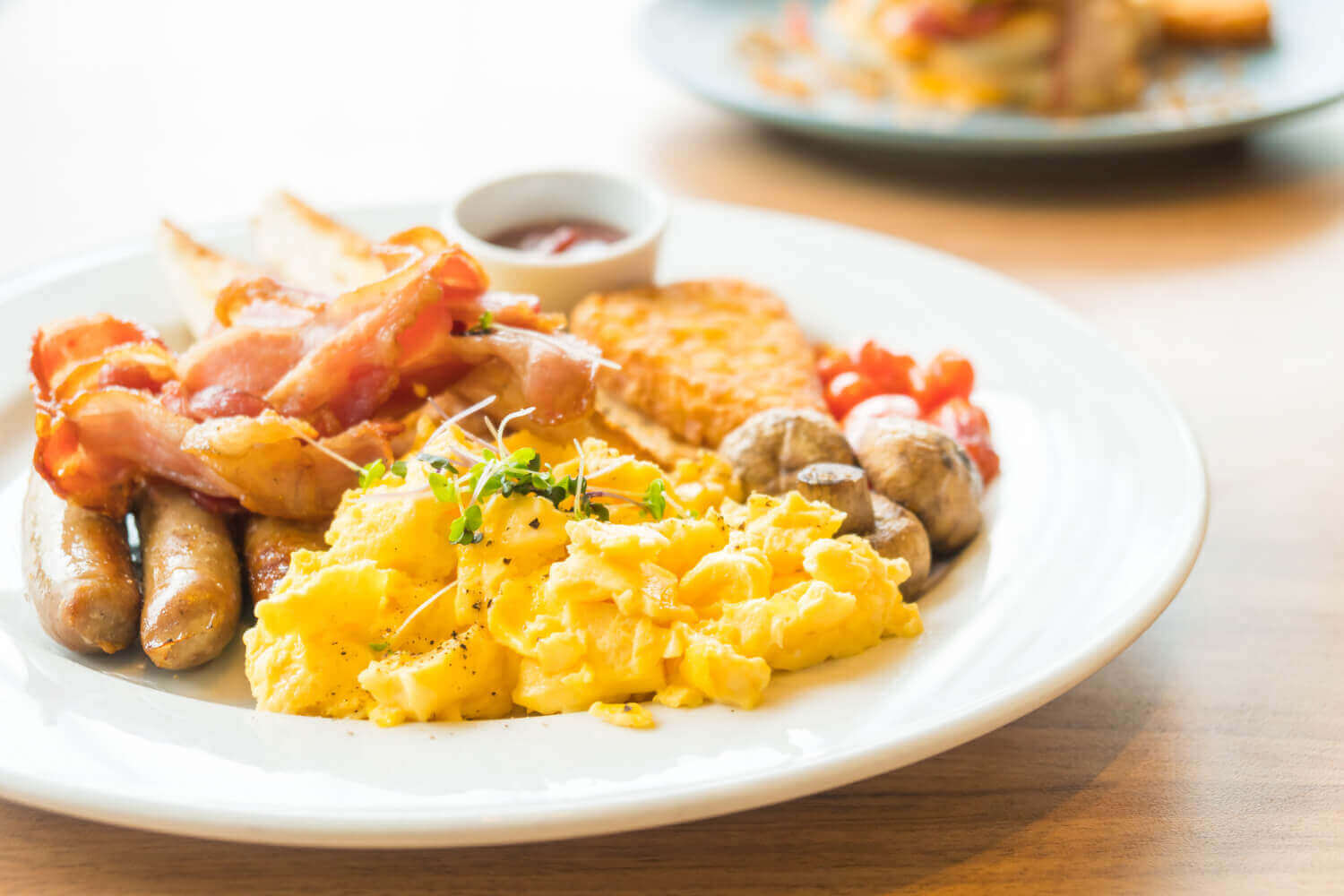
Planning meals the rest of the day
Portions should then continue to shrink as the day progresses. At lunch, Jakubowicz recommends three servings of protein, with two servings of vegetables and a piece of fruit. Dinner is made of more veggies, two servings of starch, and two servings of fruit.
Summary While the big breakfast diet has been successful in helping patients with diabetes lose weight, always check with your health care provider before beginning a new diet and exercise routine. Your doctor may be able to provide serving suggestions that work best for you and your body.
Disclaimer: Any information provided is not intended as medical advice. Iowa Diabetes is not responsible for any information from third parties.
